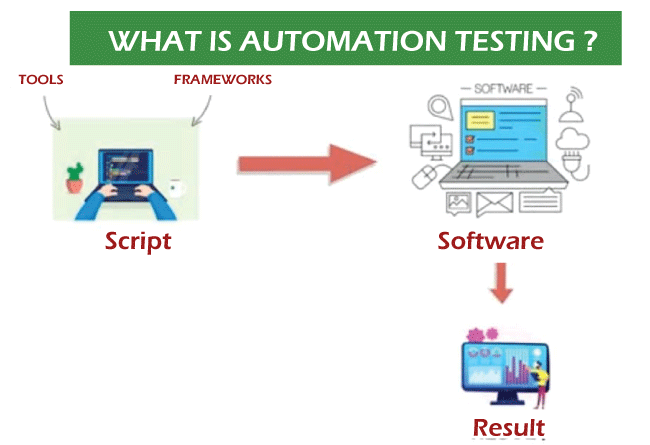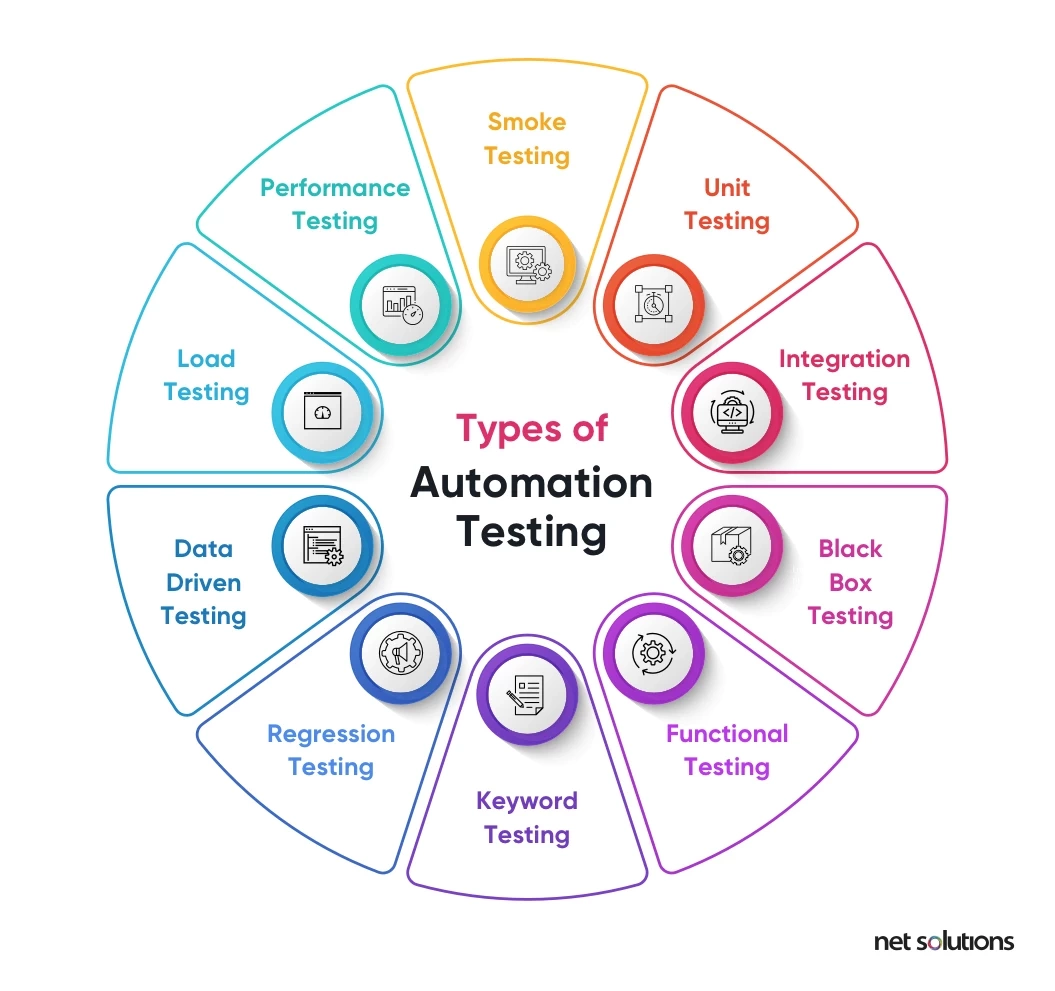From Guidebook to Automated Screening: A Comprehensive Overview to Transitioning Efficiently and Effectively
In the realm of software program testing, the change from guidebook to automated processes has become a significantly important change for organizations looking for to boost efficiency and accuracy in their screening methods. The trip from guidebook to automated screening is not without its obstacles, yet when come close to purposefully and with a clear strategy in mind, the advantages can be considerable.
Benefits of Automated Examining
Automated testing supplies many benefits, enhancing performance and accuracy in software growth processes. One main benefit is the considerable decrease in screening time. Automated tests can be run concurrently on multiple devices and operating systems, dramatically quickening the screening stage contrasted to hand-operated testing. This raised effectiveness permits faster comments on the high quality of the software, allowing programmers to determine and attend to issues immediately.
Furthermore, automated testing guarantees a greater degree of accuracy in spotting flaws. Since automated tests follow predefined scripts, human mistake is lessened, leading to more trusted examination outcomes. Uniformity in testing is likewise enhanced, as automated examinations carry out the exact same actions specifically each time they are run. This consistency is essential in guaranteeing that all functionalities of the software application are extensively evaluated, reducing the chance of undiscovered pests slipping through to manufacturing.
Selecting the Right Devices

To start with, examine your demands and goals. Recognize the range of your task, the innovations entailed, and the ability of your group. This analysis will assist you determine the capabilities and attributes you need in your screening devices.
Secondly, consider the compatibility of the devices with your existing systems and procedures. Seamless combination with your existing software application development lifecycle is vital to make certain a smooth change to automation.
In addition, examine the scalability and versatility of the devices. As your screening requires evolve, the devices should have the ability to adapt and accommodate changes successfully.
Finally, consider the assistance and community around the devices. Durable support and an active individual community can offer useful sources and aid when carrying out automated testing. By thoroughly taking into consideration these elements, you can choose the right devices that align with your needs and set the stage for an effective shift to automated testing.
Composing Effective Test Scripts

When crafting test manuscripts, it is important to think about the particular requirements of the software being checked and guarantee that the scripts attend to all crucial capabilities. Clear and detailed naming conventions for test scripts and test cases can boost readability and maintainability. Additionally, incorporating error handling devices within the examination scripts can assist in determining and resolving concerns quickly.
Furthermore, arranging test manuscripts right into modular elements can improve reusability and scalability, reducing redundancy and boosting performance in test manuscript maintenance. Regular reviews and updates to evaluate manuscripts are important to equal progressing software requirements and functionalities. By adhering to these principles, testers can create efficient and robust examination manuscripts that add significantly to the success of automated testing processes.
Integrating Automation Into Workflows
By seamlessly integrating automated testing tools like Selenium or Appium right official site into the software application development lifecycle, groups can attain faster feedback on code changes, leading to quicker insect detection and resolution. This integration permits for continual testing throughout the growth procedure, making certain that any kind of issues are determined early on, resulting in higher software application top quality. Proper combination of automation devices needs partnership in between advancement, testing, and procedures teams to establish a unified process that optimizes performance and efficiency in delivering top quality software program items.
Guaranteeing a Smooth Shift
Effectively transitioning to automated testing involves thorough planning and mindful execution to reduce interruptions and make best use of effectiveness in the software growth procedure - automation testing. To guarantee a smooth transition, it is necessary to start by carrying out a detailed assessment of the present testing processes and recognizing locations where automation can bring one of the most considerable benefits. Involving with all stakeholders early on while doing so, including developers, testers, and job managers, is essential for gathering assistance and buy-in for the automation campaign
Interaction is key throughout this transition stage. Clear interaction of the objectives, benefits, and expectations of automated screening assists to take care of any resistance or worries that might develop. In addition, providing appropriate training and sources for staff member to upskill in automation tools and techniques is essential for guaranteeing a successful change.

Final Thought
In verdict, transitioning from manual to automated screening supplies countless benefits, consisting of boosted efficiency and reliability. By selecting the ideal devices, creating effective test manuscripts, and integrating automation effortlessly into operations, organizations can make sure a smooth and successful change. It is important to accept automation as a useful asset in software application screening processes to improve total quality and performance.
In the realm of software screening, the shift from manual to automated procedures has actually become a significantly crucial change for organizations looking for to improve efficiency and precision in their screening practices. Automated examinations can be run simultaneously on multiple devices and operating systems, significantly speeding up the screening stage contrasted to hand-operated testing. Uniformity in testing is additionally boosted, as automated examinations execute the very same steps specifically each time they are run.To ensure the successful implementation of selected screening tools, the production of dig this efficient test manuscripts plays a crucial duty in verifying the performance and efficiency of automated procedures - automation testing. By complying with these principles, testers can develop durable and reliable test manuscripts that add significantly to the success of automated testing procedures